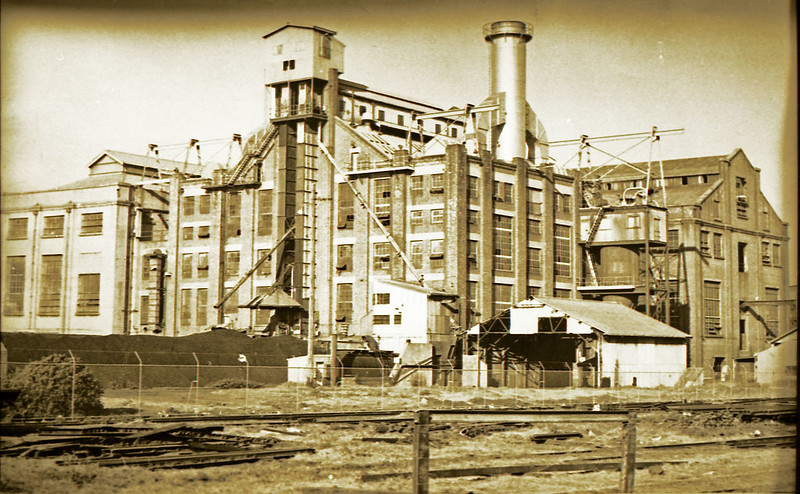Power
Perhaps the most significant change in mining technology is the use of electricity. Coal mines were the first users of electricity in the Hunter Valley, adopting it because it was much safer to use underground than hydraulic, compressed air or steam power. It was first introduced in 1886 and by 1910, most collieries in the area were generating electrical power and many started supplying energy to nearby private residences. The Cockle Creek , Richmond Main, and Hebburn Colliery stations were some of the largest. Though electric power was important, hydraulic power was still in use in the coal industry. The hydraulic engine house at Carrington was built in 1877 and was used up until the 1960’s to power the cranes that loaded the coal at Dyke Point.
With such a ready supply of coal available, Newcastle had city-wide electricity before any other city in Australia. The Electric Light Station in Sydney Street was Newcastle’s first public power station, switched on in 1890. In 1914, the Zaara Street Power Station was constructed by the Department of Railways, and was the first station in the region to generate power on a large scale and together with the small NESCA (Newcastle Electricity Supply Council Administration) station provided electricity for the entire town. Starting from the mid 1990’s many government infrastructures were privatized, a trend that has continued until today, making the power industry largely privately owned.
